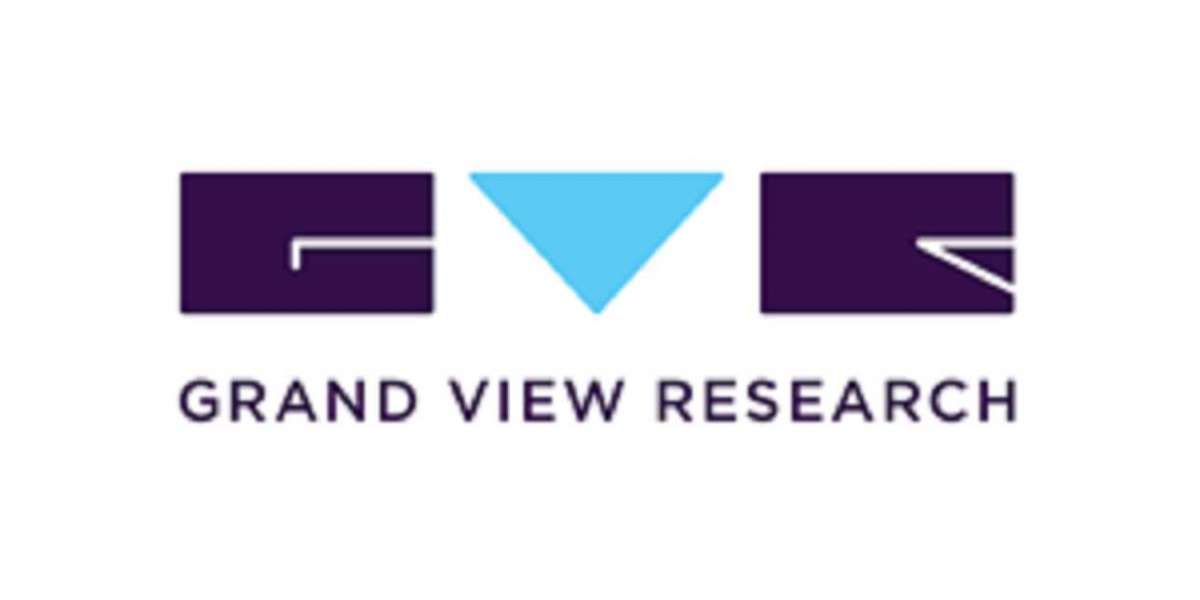The global ion exchange resins market was valued at USD 1.95 billion in 2024 and is projected to reach USD 2.62 billion by 2030, growing at a CAGR of 5.1% from 2025 to 2030. The market growth is largely driven by the rising global demand for water and wastewater treatment, as industries and municipalities seek effective solutions for water purification.
Rapid urbanization, industrialization, and increasing levels of water contamination have prompted both governments and industries to adopt advanced water purification technologies. Ion exchange resins play a critical role in this context by removing heavy metals, organic compounds, and other impurities from water sources. For instance, industries such as power generation, pharmaceuticals, and food processing rely on ultra-pure water, which necessitates efficient ion exchange processes. Regulatory frameworks, including the U.S. Environmental Protection Agency’s (EPA) Safe Drinking Water Act, further encourage industries to invest in ion exchange resin technologies to meet stringent water quality standards.
Beyond water treatment, the pharmaceutical and healthcare sectors represent a rapidly growing application area for ion exchange resins, particularly in drug delivery and purification processes. These resins are employed for controlled drug release, enhancing bioavailability, and separating active pharmaceutical ingredients (APIs). For example, cation exchange resins are used to stabilize and purify antibiotics and other critical medications. As global healthcare spending increases and new medical innovations emerge, the demand for ion exchange resins in these sectors is expected to expand further. Additionally, the rising prevalence of chronic diseases and the increasing need for advanced drug formulations are expected to further fuel market growth.
Key Market Trends Insights:
• In 2024, the Asia Pacific region dominated the global ion exchange resins market, accounting for the largest revenue share of over 48.0%. This leadership is driven by factors such as rapid industrialization, urbanization, and increasing demand for clean water across the region, coupled with the adoption of advanced water treatment technologies by both governments and private industries.
• When analyzed by product type, the cationic segment recorded the largest market revenue share, exceeding 46.0% in 2024. Cation exchange resins are widely utilized for removing positively charged ions such as calcium, magnesium, and heavy metals from water, making them essential in applications ranging from water softening to industrial purification processes.
• Based on end-use sectors, the power segment accounted for the largest market share of over 40.0% in 2024. The extensive use of ion exchange resins in power generation facilities is primarily for boiler feedwater treatment and demineralization processes, which are critical for maintaining equipment efficiency, preventing scaling and corrosion, and ensuring uninterrupted operations in thermal and nuclear power plants.
Order a free sample PDF of the Ion Exchange Resins Market Intelligence Study, published by Grand View Research.
Market Size Forecast:
• 2024 Market Size: USD 1.95 Billion
• 2030 Projected Market Size: USD 2.62 Billion
• CAGR (2025-2030): 5.1%
• Asia Pacific: Largest market in 2024
Key Companies Market Share Insights:
The ion exchange resins industry is highly competitive, with major players such as DuPont, LANXESS, Mitsubishi Chemical Corporation, and Purolite focusing on strategies to expand product portfolios, enhance production capabilities, and invest in research and development aimed at improving resin efficiency and sustainability. The market’s competitiveness is further intensified by technological advancements, stringent regulatory compliance requirements, and the growing demand for eco-friendly solutions.
Companies are also pursuing strategic partnerships, mergers, and acquisitions to strengthen their global presence and address the diverse needs of industries such as water treatment, pharmaceuticals, power generation, and electronics. At the same time, emerging players, particularly from the Asia-Pacific region, are intensifying competition by offering cost-effective alternatives and leveraging the region’s expanding industrial base.
In a recent development, October 2024, the Mitsubishi Chemical Group (MCG) announced plans to expand its production capacity of ion exchange resins, which are crucial for producing ultrapure water used in semiconductor manufacturing. This expansion is expected to take place at Mitsubishi Chemical’s Kyushu-Fukuoka Plant in Kitakyushu City, Fukuoka Prefecture, Japan, highlighting the company’s commitment to meeting the increasing industrial demand for high-purity resins.
Similarly, in April 2024, LANXESS launched a new sustainable ion exchange resin, Lewatit S 1567 Scopeblue, designed for water-softening applications. This innovative product aligns with LANXESS’s focus on sustainability, as it is produced using a solvent-free process, significantly reducing its environmental impact while maintaining high performance in industrial water treatment applications.
Key Players
• Mitsubishi Chemical Corporation
• LANXESS
• DuPont
• Resonac Holdings Corporation
• Thermax Limited
• Graver Technologies
• Purolite
• DOSHION POLYSCIENCE PVT. LTD.
• Otto Chemie Pvt. Ltd.
• Aldex Chemical Company, Ltd.
• Asha Resins Ltd
• Benchmark Technologies
• Cytiva
• Taiyuan Lanlang Technology Industrial Corp.
Explore Horizon Databook – The world's most expansive market intelligence platform developed by Grand View Research.
Conclusion:
The global ion exchange resins market is experiencing steady growth, primarily driven by the increasing demand for effective water and wastewater treatment solutions. This demand is fueled by rapid urbanization, industrialization, and rising concerns over water contamination, prompting both governments and industries to adopt advanced purification technologies. Ion exchange resins play a crucial role in removing heavy metals, organic compounds, and other impurities from water, makin








